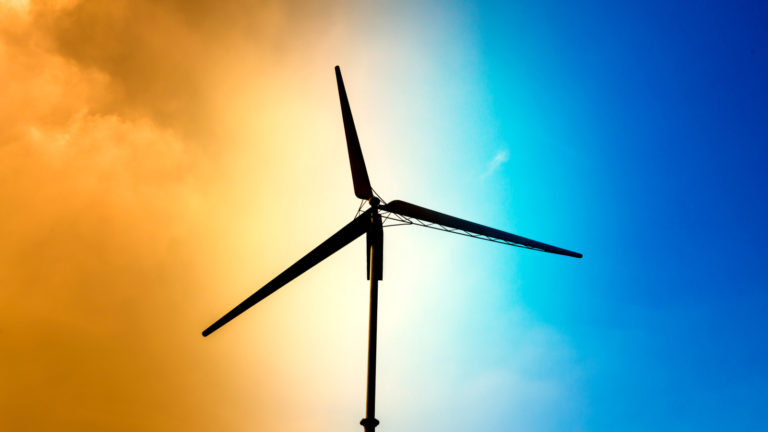Tom Yeung here with today’s Smart Money.
In 1963, a former commodities broker named Tino De Angelis cheated American Express out of $180 million (almost $2 billion today) by adding a thin layer of soybean oil on top of tanks of water.
American Express’s inspectors were fooled into thinking the tanks were full of oil, so they wrote millions of dollars in bad loans to De Angelis. The resulting fallout almost bankrupted the iconic American firm.
However, a 33-year-old Warren Buffett saw a contrarian opportunity. In early 1964, he invested roughly 40% of his partnership’s capital in American Express and walked away with a 124% gain as American Express regained its footing.
This “Salad Oil Scandal” propelled Buffet to fame. And in retrospect, his decision might seem obvious.
Now, we might think, “Of course, American Express would survive! It’s such a valuable brand.”
But contrarian investing is challenging because it involves buying wildly unpopular assets.
However, if you look beyond the negative headlines, you can sometimes find a hidden opportunity in sectors that look “uninvestible” from the outside – that is, if you know where to look.
So, in today’s Smart Money, I’d like to share a surprising sector set to defy its reputation – and the opportunity that Eric has identified within it.
But first, let’s take a look at successful contrarian investing at work…
Au Contraire
Consider solar energy in 2017, the year Donald Trump first became president.
Green energy companies were expected to do terribly. President Trump was no fan of solar power and had campaigned vigorously on promoting oil and gas instead.
“Green energy… is really just an expensive way of making the tree-huggers feel good about themselves,” he said on the campaign trail in 2015. “That’s not exactly what I would call a good investment.”
Many also believed the Salad Oil Scandal would sink American Express.
Yet, the opposite happened in both cases. The chart below shows how solar performed compared to oil during the first year of Trump’s presidency.

Eric told his Fry Investment Report subscribers back in 2019 that solar had quietly become a “must-own” sector of the market thanks to strong, profitable growth and attractive starting prices.
For this reason, he recommended Invesco Solar ETF (TAN) that year, which gained 75% when he sold it in 2020.
Over the years, the same has happened to chemical companies… auto-parts makers… internet stocks… even robotics companies.
The lowest lows of these industries can feel so depressing that even the most promising technologies can land in “must-own” territory. American Express would eventually emerge from the Salad Oil Scandal stronger than before.
Now, we’re not advocating that you buy every unpopular asset. Most are terrible investments that deserve their reputation, like brick-and-mortar retail.
However, decades of stock market history have demonstrated that unpopular sectors often surprise their criticizers by delivering market-trouncing gains.
Eric has found that the wind energy sector fits that profile.
Invest Like the Wind
Wind is an attractive contrarian bet because it will always have a role in green energy.
One gigawatt (GW) of onshore wind power costs roughly $1.5 billion, while offshore wind costs $2.5 billion per GW – comparable to solar and well below the $5 billion-plus needed for a nuclear reactor.
And, unlike a gas-fired power plant (which only costs $600 million to $1 billion to construct), wind doesn’t require fuel to operate. It only needs rolling desert hills (additionally, in an area with hilly geography, wind power is often the only feasible option).
Wind power is also extraordinarily cost efficient. In California’s San Gorgonio Pass wind farm, where 667 wind turbines spanned for miles, each wind turbine converts 35% to 50% of power into electricity, compared to 25% to 30% for the best solar panels.

Wind power also generally requires fewer storage batteries, especially in the San Gorgonio Pass.
People love to “hate” the industry… yet oil-producing states like Texas, Oklahoma, and the two Dakotas have some of the highest wind production figures in the country.
So, when dollars talk, it’s wind power that often makes the most sense.
That’s why Eric is, once again, making a contrarian bet in his Fry’s Investment Report service. And this time, it’s all about wind power.
He recently recommended an ETF that holds a global portfolio of companies that operate in the wind energy industry to his subscribers.
Wind power has become an economically excellent industry; and much like solar during President Trump’s first term, wind power could be the next breakout sector.
Until next week,
Thomas Yeung, CFA
Market Analyst, InvestorPlace
P.S. Investing in “uninvestible” sectors can sometimes feel like a leap of faith.
Our partners at TradeSmith have you covered. They have developed a pattern-spotting algorithm that identifies “green day” trading windows on 50,000 stocks a day.
This allows you to know the exact date a stock could soar… weeks before it happens – with 83% backtested accuracy.
On Tuesday, July 22, TradeSmith CEO Keith Kaplan will host a special broadcast to share the details of how it works. You can sign up for the event here.
And when you sign up, you will also receive access to a free version of TradeSmith’s seasonality tool, where you’ll be able to pull up charts for your stocks and try it out yourself – all free of charge.

